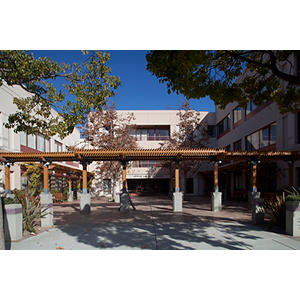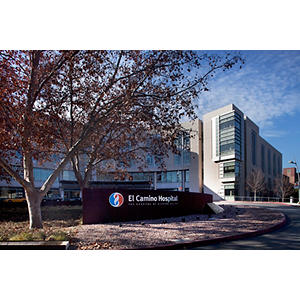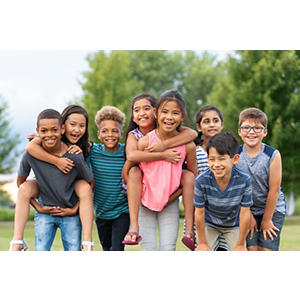
Kyle Hinman, MD
Clinical Assistant Professor
Child & Adolescent Psychiatry
Localización

401 Quarry Road
Stanford, CA 94305
Mapas, direcciones y estacionamiento
Teléfono : (650) 723-5511

2500 Grant Road
Mountain View, CA 94040
Mapas, direcciones y estacionamiento
Teléfono : (650) 988-8381

1174 Castro Street, Suite 250
Mountain View, CA 94040
Mapas, direcciones y estacionamiento
Teléfono : (650) 723-5511
Trabajo y educación
St George's University School of Medicine Grenada West Indies, Great River, NY, West Indies, 2000
Maricopa Medical Center, Phoenix, AZ, 2003
University Of New Mexico Hospital, Albuquerque, NM, 2005
Maricopa Medical Center, Phoenix, AZ, 2001
Psychiatry, American Board of Psychiatry and Neurology, 2008
Child & Adolescent Psychiatry, American Board of Psychiatry and Neurology, 2011
Idiomas
English
Conéctese con nosotros:
Descarga nuestra App: